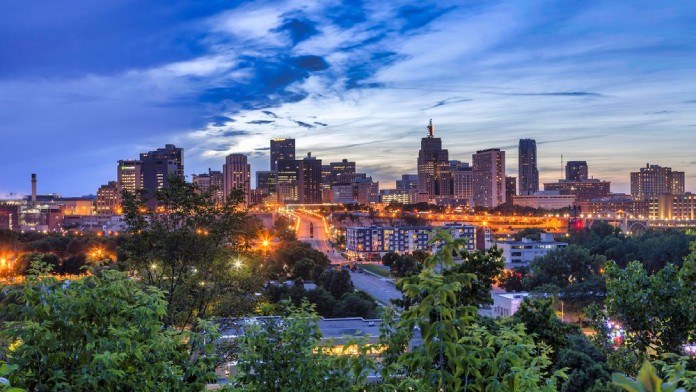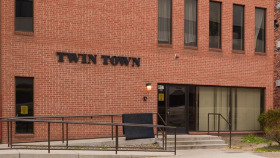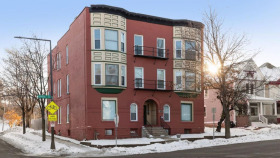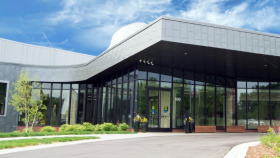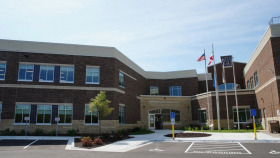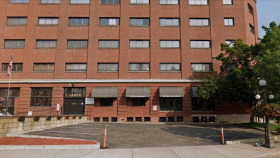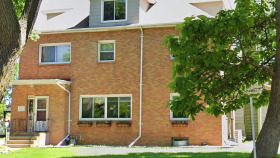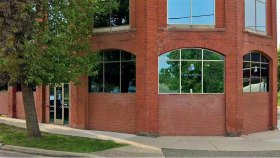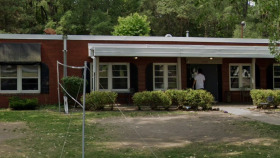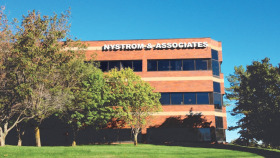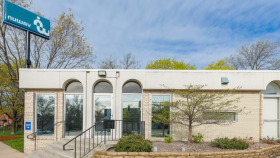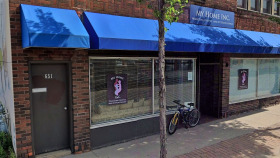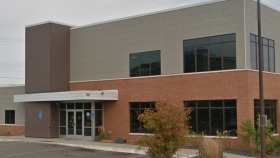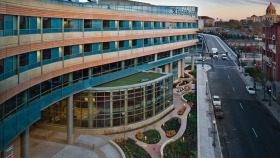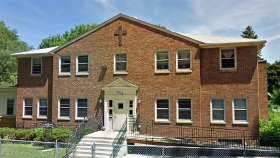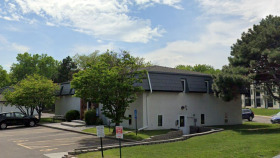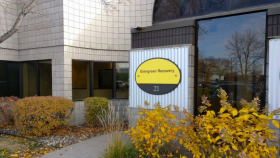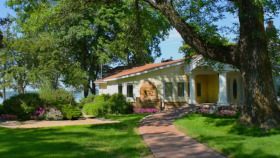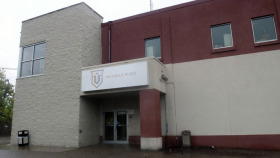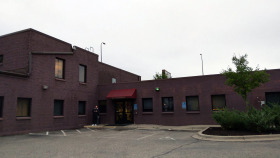Expert Insights
If you or a loved one needs rehab treatment, but cost is a problem, the CCDTF may be able to help.
The Chemical Dependency Consolidated Treatment Fund offers financial assistance to St. Paul residents who are eligible. But most CCDFT treatment admissions are referred by social services or criminal justice agencies – which is a problem. The low number of self and family referrals indicates that not enough people know about this option.
Minnesota has fewer people in treatment than other states, so we need to get the word out about any programs, such as the CCDTF, that can remove barriers to treatment.
~ Kerry Nenn
How Expensive is Drug Rehab in Saint Paul?
The cost of rehabilitation varies depending on what type of program you choose, the quality of their amenities, and the area you look at. According to the Substance Abuse and Mental Health Services Administration (SAMHSA), there are 172 programs in and around the city, with 132 taking private insurance, 108 Medicaid rehabs, and 64 programs that have tribal/IHS/ITU funding for low-income residents who need care.
Resources
- St. Paul, Minnesota Population 2020 (Demographics, Maps, Graphs). (n.d.). Worldpopulationreview.com.
- Indicator Dashboards Opioid Dashboard. (n.d.). Www.health.state.mn.us.
- Center for Disease Control. (2022). CDC Wonder Tool.
- Substance Abuse and Mental Health Administration. (2022). Treatment Locator Map.
- Centers for Medicaid and Medicare Services. (2022). Substance Use Disorders.
- Minnesota Legislature. (2021). Reporting of Prenatal Exposure to Controlled Substances.

